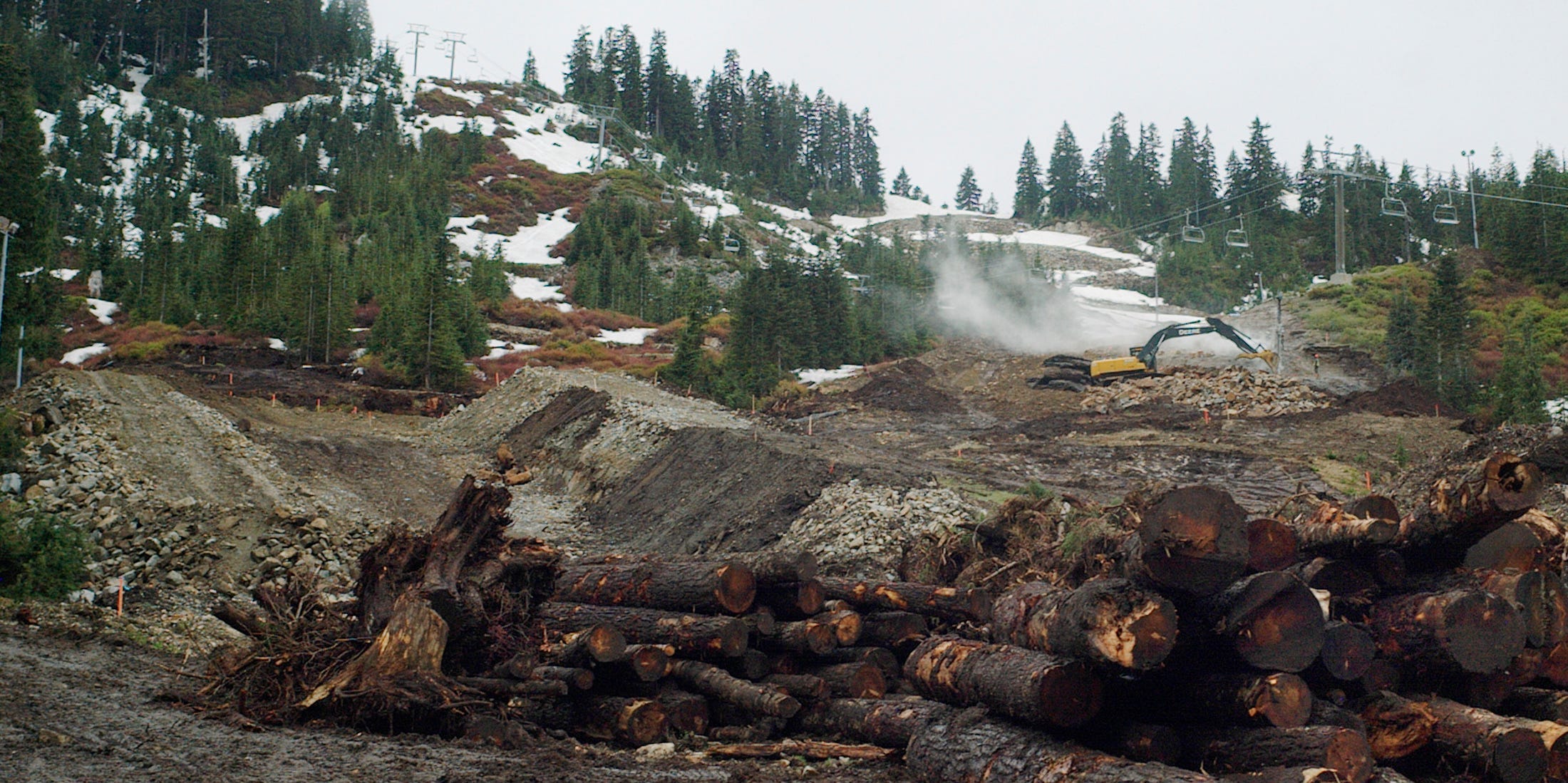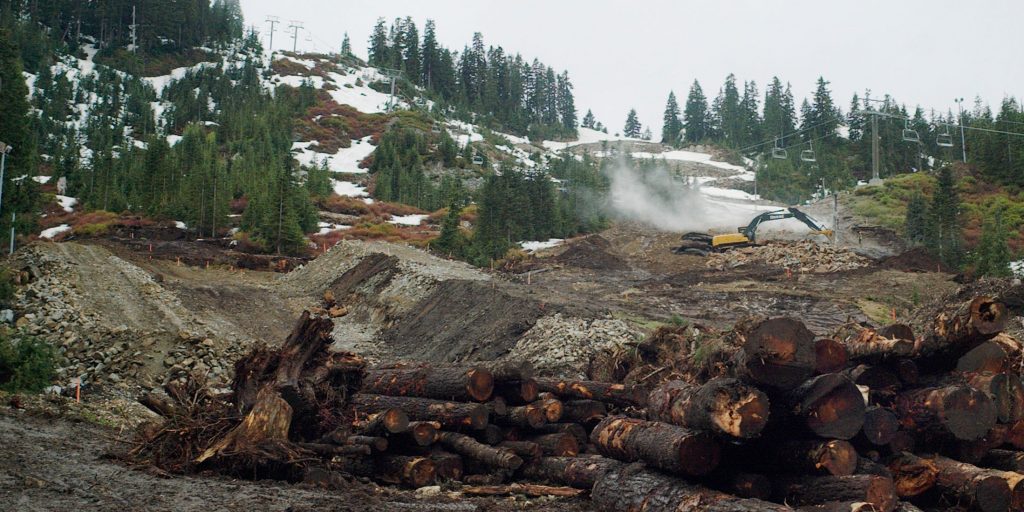
- Lumber prices have surged more than 275% since May 20, 2020.
- A recent 8-day pullback from record highs ended on Thursday with futures rising to $1,390 per thousand board feet.
- Two experts at Fastmarkets RISI explain why lumber prices have gone on a historic run, and why demand isn't going away soon.
- Sign up here for our daily newsletter, 10 Things Before the Opening Bell.
Lumber prices have been on a tear over the past year, with futures rising more than 275% since May 20, 2020.
Over the past eight days, prices have retreated nearly 30% in a reprieve for home builders, renovators, and retailers. But Thursday saw the pullback come to an end.
Lumber futures rose roughly 5% from $1,201 per thousand board feet to $1,390 per thousand board feet on the day in a sign of sustained commodity cost increases for the markets.
Lumber's continued surge has caused knock-on effects across the economy over the past year. According to The National Association of Homebuilders, lumber prices alone have added $36,000 to the average price of a new single-family home since April 2020.
Retailers like Home Depot have said that they are seeing demand for lumber like never before as well.
Home Depot's chief financial officer Richard McPhail said in a Tuesday interview with Bloomberg that lumber sales are comparable to "a storm environment where literally as soon as you bring it in, it's selling."
Although the rise in lumber has been repeatedly discussed in the media, what's often overlooked is just how the market got to where it is today.
With that in mind, Insider has detailed a report from two experts from Fastmarkets RISI, Dustin Jalbert, a senior economist, and Jennifer Coskren, the wood products team lead, explaining the recent lumber surge.
The Fastmarkets RISI experts outlined six reasons why lumber prices are soaring and why demand won't die down anytime soon in a new report titled "Lumber: Unprecedented volatility - The 6 causes for the skyrocketing wood products market."
Their reasons are as follows:
(1) A housing market on fire
"It appears that the spread of COVID-19, rather than dampening shelter demand, supercharged it as people spent more time than ever at home and felt a crunch for space."
There are a number of reasons for lumber's rise, but none greater than the increased demand for housing.
In their new report, Fastmarkets RISI experts Jalbert and Coskren discussed several reasons for the rising housing demand, including:
- Plummeting mortgage rates.
- Record low home inventory.
- A demographic shift as millennials look to buy instead of rent.
- An accelerating shift away from cities to the suburbs and lower-cost housing markets.
As a result of the rising demand for homes, new construction rose 8% in 2020 to its highest level since 2006. The experts at Fastmarkets say it will only continue in 2021 as these underlying fundamentals are set to persist.
(2) The DIY and renovation boom
"Retail sales for garden center and building supply stores surged and have been sustained over the last year, further bolstered by additional rounds of stimulus checks."
Total spending on home improvement and repairs climbed 3% last year to $419 billion, according to a Harvard University Joint Center for Housing Studies report released in March.
Jalbert and Coskren said there were several reasons for this boom.
- Stimulus checks went out, giving Americans cash to spend on DIY renovations.
- Many homeowners were unaffected by layoffs and began working remotely, increasing the need for at-home offices.
- Discretionary income typically dedicated to vacations, social events, eating out, and more became available for
improvements to the home.
The experts at Fastmarkets RISI said the DIY boom is beginning to subside, but now, as the economy reopens, spending on the home "seems to be pivoting to more expensive, contractor-intensive improvements like additions and remodels."
(3) Soaring demand for wood products
"Demand is up across the board in almost every wood product end-use market and will continue to march higher through 2021."
Jalbert and Coskren estimated in their new lumber report that US and Canadian demand for softwood lumber and structural panels rose 5% in 2020, hitting the highest level seen in both products since 2007.
The experts noted that residential construction accounts for about 3/4ths of total wood products demand, and increased appetite from consumers there is set to continue.
Rebounding manufacturing and furniture demand is also rising, leading to increased demand for lumber of all types.
(4) Lagging industry supply
"North American softwood lumber production grew only 1% in 2020, a big disconnect from demand growth of 5%."
Jalbert and Coskren said that lagging industry supply was caused by a miscalculation from saw and panel mills who "heavily curtailed at the beginning of the pandemic in anticipation of an immense drop in wood demand."
That drop never came, and instead, the market was hit with rising demand, causing serious supply imbalances.
The story remains much the same in 2021, according to the experts, as demand continues to outpace supply.
As the Wall Street Journal reported, volatility in lumber pricing, the capital-intensive nature of modern mills, a semiconductor and heavy machinery shortage, and rising labor costs have prevented operators from establishing new mills and adding to the supply side.
(5) A supply chain in disarray
It's no secret lumber's supply chain has been in disarray, with shortages mounting across the nation.
According to estimates from the Fastmarkets RISI experts, that was caused, in part, by miscalculations from lumber suppliers.
Wholesale inventories of lumber at the start of 2021 likely ranged from 25-30 days of supply, according to the experts, a far cry from the usual 45-60 days of supply ahead of spring's building season.
"With no field inventories to fall back on, buyers have had no negotiating power as demand continues to surge, resulting in the out-of-control bidding we have seen for lumber and panels in recent months," Jalbert and Coskren wrote.
Positive cases of COVID-19 at sawmills also made it difficult for companies to build supply during 2020.
Labor shortages have been a problem at mills and trucking and distribution centers as well, according to the Fastmarkets experts.
(6) Long-term capacity constraints
"Capacity growth over the past decade has been tepid, reflecting the fallout from the global financial crisis."
According to Jalbert and Coskren, there are several reasons that long-term timber capacity has fallen over the past few years, including:
- Reduced logging in the Pacific Northwest due to new regulations.
- Mountain pin beetle's in British Columbia.
- Record wildfire seasons since 2017 in both British Columbia and the Pacific Northwest.
Softwood sawmill capacity in North America was also cut by over 2.5 billion board feet in 2019, mostly in British Columbia, due to "weak market conditions and a need to rebalance fiber demand with dwindling supply."
During the financial crisis of 2008, the industry also cut some 20% of its production capacity and has yet to return to pre-crisis levels. According to Fastmarkets data, industry output is still 11% below its 2005 peak.
In conclusion, Jalbert and Coskren said that the current market is "the result of influences spurred on by the pandemic mixed with existing long-term supply constraints."
"Between capacity restraints, continued high demand, and lagging supply, it appears higher wood products prices are here to stay, at least for the near term," the experts wrote.

